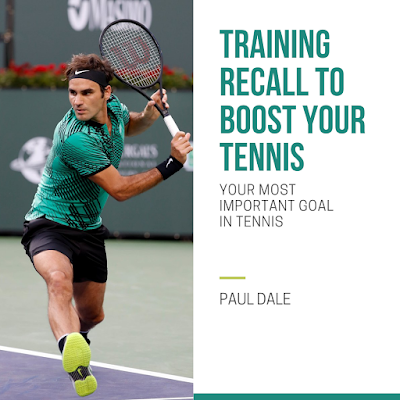THE SERVE QUESTION THAT PUZZLED ME FOR YEARS (Eng/Thai)
.jpeg)
The Serve Question That Puzzled Me for Years (And What I Finally Discovered) Two proven approaches, one surprising connection, and the insight that changed how I teach the serve By Paul Dale | 50 Years of International Coaching The Question That Started It All Throughout my coaching career, I've encountered two distinct approaches to serving technique, each championed by excellent coaches and successfully utilised by elite players. The Snap Method: Sharp wrist action with the racquet tip leading through contact. The Pronation Method: Smooth forearm rotation with the left edge leading (for right-handers) Both produce powerful, accurate serves. Both have scientific backing. Both create champions. For years, this puzzled me. How could two seemingly different techniques achieve such similar results? Recently, I discovered something that brought it all together—and it's changed how I approach serve coaching entirely. The Observation That Changed My Understanding I was working wit...
.png)

